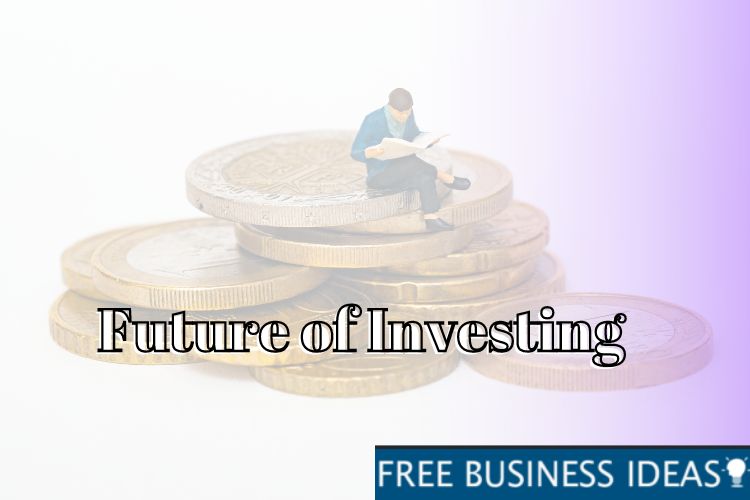The world is evolving rapidly, and the investment landscape is coming along for the ride as well. New trends are emerging constantly, making it difficult to stay ahead of the game. However, if you wish to succeed with investing in 2023 and beyond, it’s important to remain vigilant and follow the ever-changing economic landscape. Below, we discuss several prominent trends to keep tabs on going forward.
The Growing Digital Economy
The digital economy covers any activity concerning digital technologies, and it’s a fast-growing sector that significantly impacts consumers and businesses. The latest trends within the digital economy include the constant evolution of smartphones, the emergence of the Internet of Things (IoT), and the rise of artificial intelligence (AI) and other groundbreaking technologies like the metaverse and blockchain.
The digital economy is creating several investment opportunities. For example, backing emerging companies and investing in the technology sector can bring enormous profits, especially if innovative products and services take off. At the time of writing, companies exploring AI, blockchain, and the metaverse are positioned for exponential growth over the coming years.
The Rise of Sustainable Investing
Sustainable investing takes into account the environmental, social, and governance (ESG) of an investment or company. Elements of ESG are the non-financial motivations that can influence the long-term performance of a company. These elements include the treatment of employees, attitudes toward the environment, and corporate governance practices.
As more investors become conscious of the ESG implications of their investments, sustainable investing will continue to rise. According to the Global Sustainable Investment Alliance, 2020 saw global sustainable investment assets reach 35.3 trillion, which was a 15% increase when compared to 2019.
While sustainable investing can be profitable and more in tune with investor values, there are risks to consider. For example, sustainable investment opportunities tend to underperform the wider market. As well as this, buying stocks in companies with strong ESG policies will be much more expensive than in companies with weaker policies.
The Changing Role of Central Banks
Traditionally, the central banks played a major role in setting interest rates and regulating the financial system. However, the evolving global economy has prompted a shift in their power. In particular, there has been a transition from quantitative easing to quantitative tightening. This means that central banks are withdrawing money from the financial system instead of injecting it.
This movement has led to a faster rate of inflation. Now, central banks are increasing interest rates and reducing balance sheets to try and bring inflation down.
When it comes to investing, it means that diversification has never been more important. Other means of navigating this turbulent landscape include reducing exposure to bonds, investing in stocks with strong fundamentals, and exploring alternative markets.
The Aging Population
The world’s population is aging rapidly, which is throwing the economy off kilter. This doesn’t mean time is moving faster; it means for the first time in history there were more people over the age of 65 than under 5 in 2020.
In the economy and investment markets, the aging population is putting strain on government and social security programs. Further, it means the workforce is diminishing as more people are retiring than are entering the workforce.
While this issue may be slowing down the economy, it’s bringing around interesting investment opportunities. For example, investors can profit from the aging population by investing in retirement planning companies, healthcare companies, and assisted living facilities.
The investing world is in a constant state of change, so it’s important to take measures to remain in the know. By understanding trends like those above, investors can increase their chances of succeeding in the years to come.
